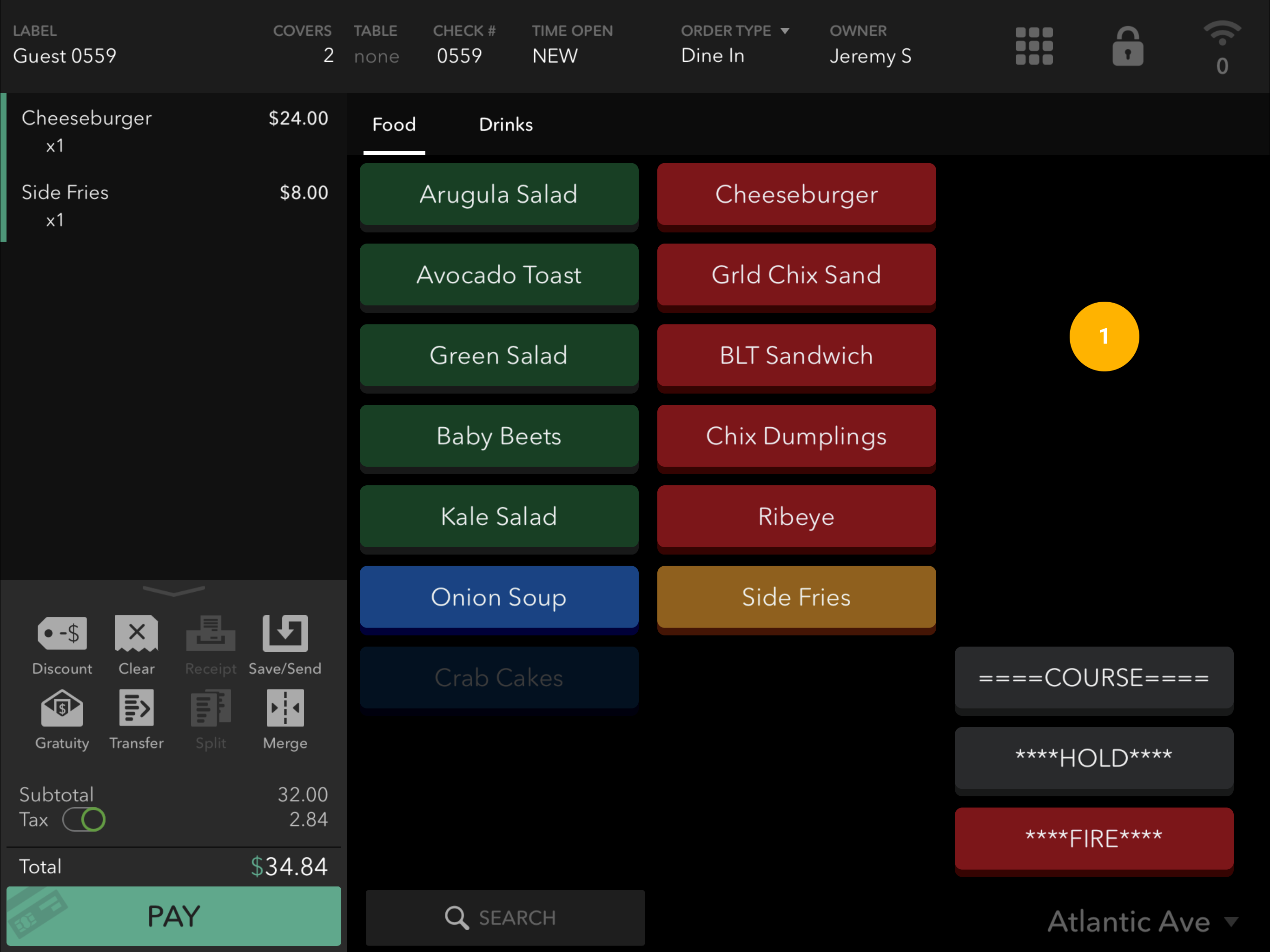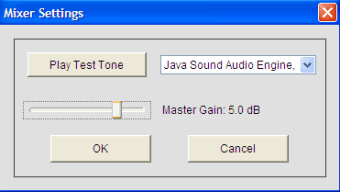
- #Best setting for clickrepair denoiself license key
- #Best setting for clickrepair denoiself manual
- #Best setting for clickrepair denoiself code
My own view on automatic click scanning is: it can save a ton of time but are you prepared to live with the damage it can do to your percussion? It can also occasionally distort or soften 'rasping' sounds, but that is rare in VS thanks to a super-duper proprietary algorithm of which I am unjustly proud. We've (ok, ok, it's just me ) also worked hard on the 'tiny ticks' problem, but there are always a few that sneak through.
#Best setting for clickrepair denoiself license key
Let me know your email address and I'll generate a license key for you.
#Best setting for clickrepair denoiself manual
It has decent manual repair facilities though, give it a go if you like. Yes, I think we are, and yes, VinylStudio aims to automate as much of the process as possible. On the other hand, people who are only interested in automatic cleanup can just ignore Wave Repair - it's definitely a tool for "geeks". (Seems I should download an evaluation copy and try it out). I've never seen VinylStudio, but from what I've read here it sounds as if it's targeted at a more automated restoration process.

I'm kind of obsessive about my restorations, so I have to get in there and fix up things that auto declickers get wrong. My view is that automatic declickers sometimes do a good job on "medium level" clicks, but I've yet to find one that deals with big pops and splats, and most of them miss the tiny ticks. Wave Repair is primarily aimed at manual repair - fiddling with the waveform at ultra-fine levels of detail. Quote Seems like we're aiming at different user types.

With the rumble 'pre-filter' turned on, this low frequency component is removed before the hiss filter processes the audio, so the problem goes away. The rumble filter is applied *before* the hiss filter, and my private theory is that the large low-frequency component increases the discontinuities at the edges of the FFT windows to the extent that the overlap cannot mask them. I have some recordings with very high amplitude rumble on the leadin (I think it might be an MP3 artefact, actually) which is probably why I picked this problem up. We do overlap our FFT's (of course!) and the clicks introduced in this way are very faint, but they are there.
#Best setting for clickrepair denoiself code
But I reiterate that I have no idea how VinylStudio's code actually works, so if you already window your FFTs, please don't take offense!

But if this is what's happening in VinylStudio, then the rumble filter is simply masking something that probably ought to be dealt with by windowing the overlapped FFTs. A filter might remove those discontinuites. This of course is pure speculation on my part, but assuming VinylStudio uses FFTs to implement its hiss filter, my experience has been that unless you apply some sort of windowing so that the overlapped FFTs are "faded in" to each other, discontinuities at the boundaries occur, leading to "ticking". Quote Regarding clicks introduced by the hiss filter.


 0 kommentar(er)
0 kommentar(er)
